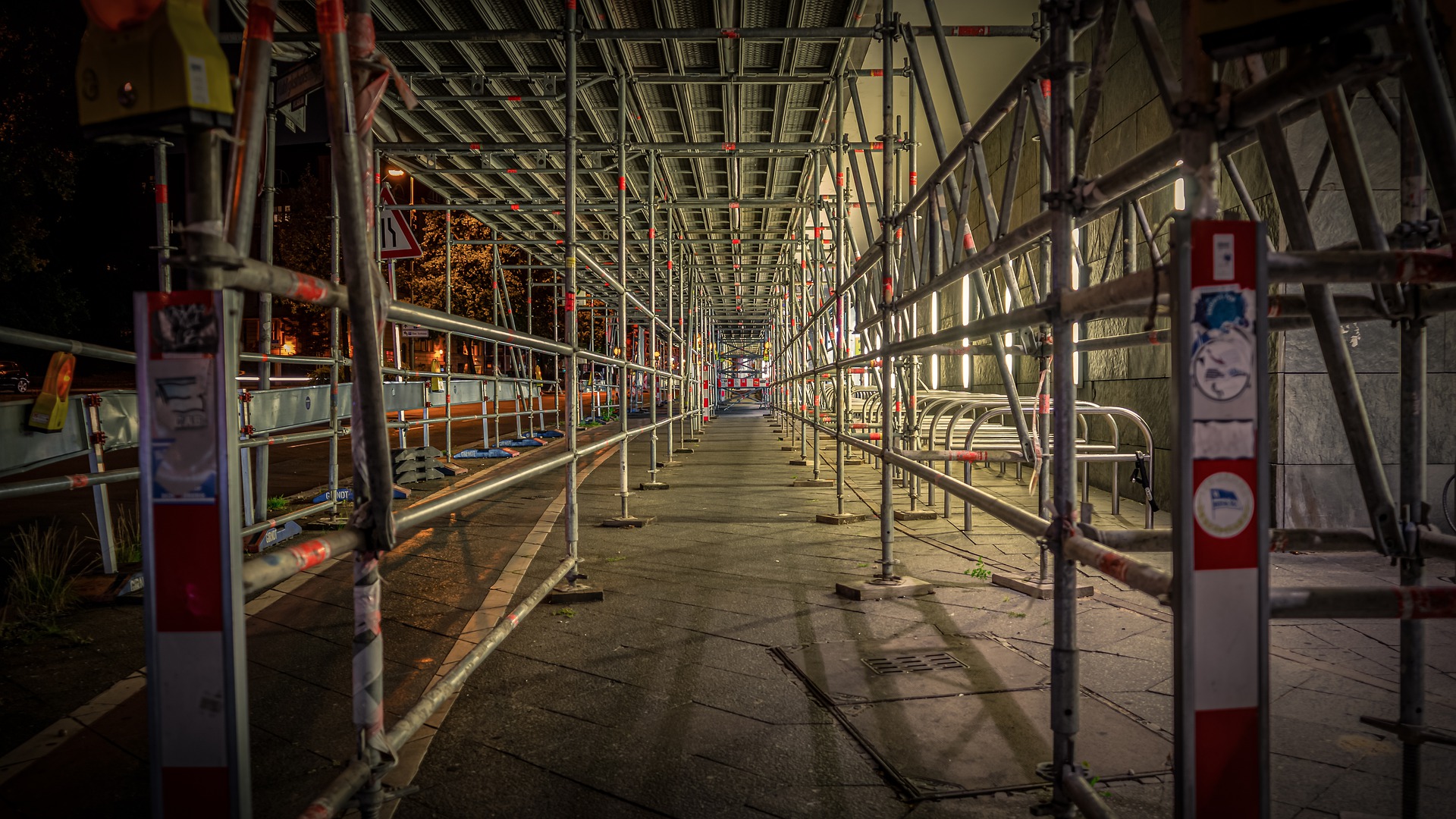
Scaffolding safety is often not taken into account, only in temporary or mobile construction sites, to carry out the work at height scaffolds are used, including vertical and horizontal structures, and they form a surface on which employees can perform their work moves from one side to another to lift or renovate walls of a building.
Scaffolding, besides being a functional tool for the work for which they were designed, also constitutes a collective protection device (CPD) essential to avoid accidents at work due to falls of objects or people.
The most used material to build them is steel, which can be assembled to give rise to this type of structure. Companies like Construction Safety Albury are concerned about providing efficiency and safety to perform any type of work at heights, complying with the technical standards and corresponding accreditations. Our team of experts will be happy to answer your questions and make sure you’re satisfied with the results. Don’t compromise your workers’ safety and make sure your place is safe for them.
Scaffolding safety: Types of scaffolding
- Scaffolding with pipes and joints, is the most traditional but also the most inconvenient to use because it requires more time for assembly;
- Scaffolding with prefabricated frames, is used for simple jobs and is easy and quick to assemble;
- Scaffolding with mullions and prefabricated beams, this is also very easy to use, since it is very similar to scaffolding with prefabricated frames.
Fixed scaffolding manufacturers must obtain a license from the Ministry of Labour, keep a copy of this document together with a copy of the scaffolding project, to be delivered to the control authorities during any inspection.
The manufacturer’s mark must be permanently affixed to the components of the scaffold.
During the phase prior to the assembly of the scaffolding, the employer requires that there be a lot of safety in scaffolding, through a specialised technician, the drafting of the assembly, use and disassembly plan, with which to evaluate the safety measures adopted in each phase of the work. This plan must be able to be consulted by the surveillance officer and by the workers who request it.
The assembly and disassembly operations cannot be carried out by all employees, for whom the law prescribes that such actions must be carried out only by employees who have acquired experience in this area through an adequate theoretical and practical training.
Read Work Accident Report
While workers are involved in scaffolding or dismantling operations, parts of this structure that are not yet ready for use should be highlighted by warning signs of general danger and the immediate surrounding area should be limited to other structures that prohibit access to that structure. area for security reasons.
In particular, you should perform a periodic verification of the condition of the materials, the stability of the posts, the correct tightening of the joints and the reinforcement functionality, in order to verify if some parts of a scaffold must be replaced or reformed.
The audits that affect the scaffolding safety must then be carried out by those who use them in the moments prior to the preparation of the scaffolds, on the other hand, for each type and model of scaffolding, the employer must carry out more controls, while workers who use scaffolding, and then report the data on pre-printed cards.
Differences between scaffolds and formwork
Formwork and scaffolding are widely used in the construction industry and are designed to carry out very specific functions.
When the construction teams have to mould wet concrete or keep it in place until it hardens into the desired shape, the formwork must be used. These systems can be defined as permanent or temporary envelopes; or also as concrete moulds that hold and give security until the concrete hardens enough to support its own weight.
In this way, it can be deduced that the scaffolds in use and function differ significantly from the formwork. A scaffolding system is configured as temporary structures used as work platforms to support people during construction, maintenance or repair work. With these tools, workers can reach heights that they could hardly access otherwise.
The scaffolding is a modular system composed of plates, couplers and tubes made of materials such as metal, wood or bamboo. Its design can be simple or complex, but in all cases, its construction must be done with great care, since it will support groups of people who must also move around their surfaces.
Without a doubt, it is absolutely necessary that scaffolds be safe and resistant, since they are used for a variety of purposes, such as a platform to paint the exteriors of structures, acts as a temporary bridge or walkway, and to be able to perform certain maintenance tasks general in houses and large buildings. In these scaffolding systems, safety is guaranteed by handrails or with certain mechanisms that act as a ramp, or as a stabilisation or support structure for a building.
As for the formwork, these systems must have total resistance and be able to support the weight of the concrete that is shaping the construction. The wet concrete is applied in the formwork with a lot of pressure, in fact, it must be exerted with more pressure in the lower part compared to the one applied in the upper part. If the formwork supports the required weights, it means that the system is well configured, bearing in mind that in many cases it can bend or break while the concrete is being applied.
It is important to recognise that formwork and scaffolding are indispensable tools in the construction industry, all thanks to the many ways in which they can be used, facilitating work and offering safety to workers.
If you need any type of assistance or equipment to complete a construction work or anything related to scaffolds and more you can contact us now. Here at Construction Safety Albury you will find everything you need to complete the work successfully.